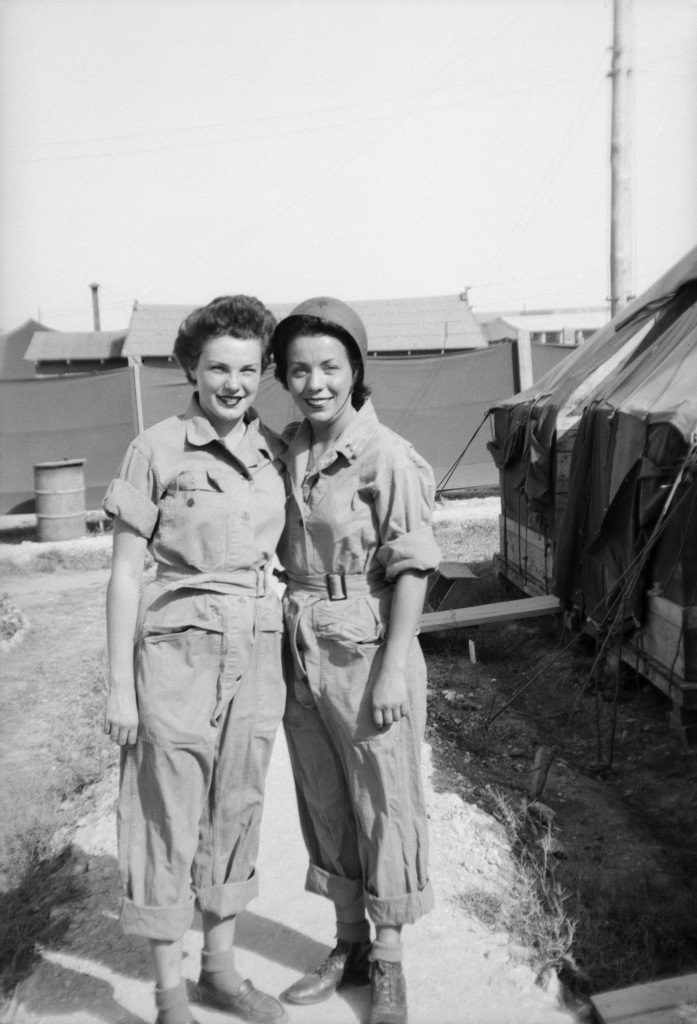
World War II represented a turning point for women’s employment in the United States. While women, especially unmarried women, had increasingly taken jobs outside the home since the turn of the century, most worked in service and clerical positions. In the early 1940s, however, wartime production combined with labor shortages to open new opportunities for women in high-paying industrial jobs.
Many of these jobs required moving to the Pacific Coast, but Montana did have its own version of “Rosie the Riveter” laboring in the smelters of Anaconda and Great Falls. Working in production and industrial maintenance positions for the first time, these Montana Rosies broke economic and social barriers. Their gains, however, were short-lived. Considered a temporary expedient rather than a permanent workforce, women were quickly pushed out of industry after the war, and their experiences foreshadowed the conservative gender expectations that women encountered in the 1950s. Continue reading Montana’s “Rosies”: Female Smelter Workers during World War II





